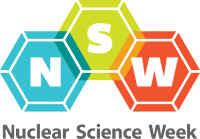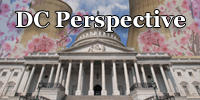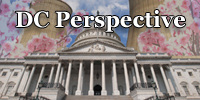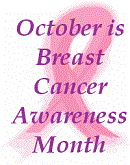The Mother of Radiation: Marie Curie
 The start of Marie Curie's story isn't like most of the other scientists that had made a name for themselves throughout history, mostly because she was a grown woman by the start of the 20th century. But she was the first woman to do a lot of things, including getting a Ph.D. from a university in France, and winning a Nobel Prize. She was also the first person ever to win a Nobel Prize in two different fields of science. To say she pushed the societal and scientific boundaries of her era is an understatement.
The start of Marie Curie's story isn't like most of the other scientists that had made a name for themselves throughout history, mostly because she was a grown woman by the start of the 20th century. But she was the first woman to do a lot of things, including getting a Ph.D. from a university in France, and winning a Nobel Prize. She was also the first person ever to win a Nobel Prize in two different fields of science. To say she pushed the societal and scientific boundaries of her era is an understatement.



 In January, the U.S. Environmental Protection Agency
In January, the U.S. Environmental Protection Agency 
![tr-senate[1]](https://cdn.ans.org/cafe/2011/08/tr-senate16.jpg)
 As a cancer researcher, I am constantly reminded of the horrific impact that breast cancer has on women and their families. This past week I received notification from my boss informing me and others that a work colleague's daughter had recently passed away from breast cancer at the age of 40-certainly this reminder was much closer to home than usual. It is difficult to imagine the pain and suffering my colleague and his wife are now experiencing, adding to what I am sure was a nerve-racking and exhausting period of consultations for the family and treatments for his daughter.
As a cancer researcher, I am constantly reminded of the horrific impact that breast cancer has on women and their families. This past week I received notification from my boss informing me and others that a work colleague's daughter had recently passed away from breast cancer at the age of 40-certainly this reminder was much closer to home than usual. It is difficult to imagine the pain and suffering my colleague and his wife are now experiencing, adding to what I am sure was a nerve-racking and exhausting period of consultations for the family and treatments for his daughter. Science historian Alex Wellerstein recently wrote of a series of nuclear weapons tests conducted in 1955 at the Nevada Test Site, known as Operation Teapot. Among the important civil defense questions explored at the time was: What will the survivors drink after a nuclear apocalypse?
Science historian Alex Wellerstein recently wrote of a series of nuclear weapons tests conducted in 1955 at the Nevada Test Site, known as Operation Teapot. Among the important civil defense questions explored at the time was: What will the survivors drink after a nuclear apocalypse?